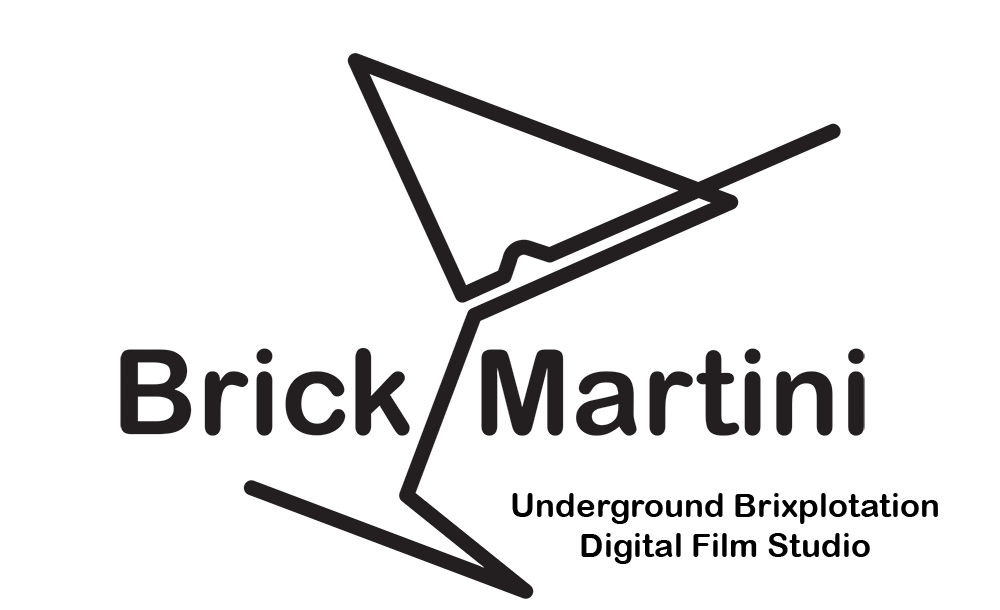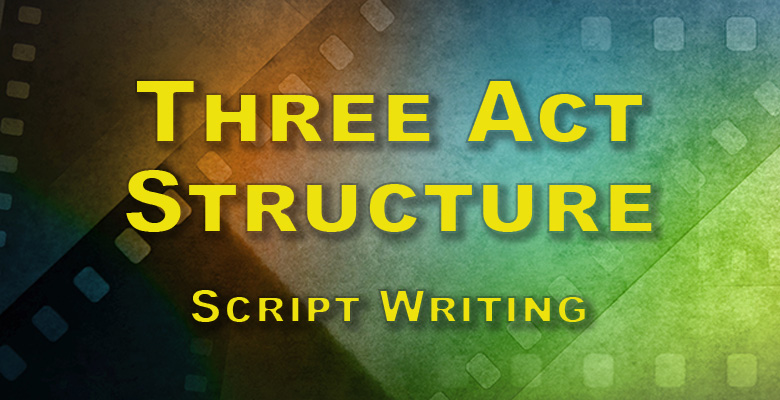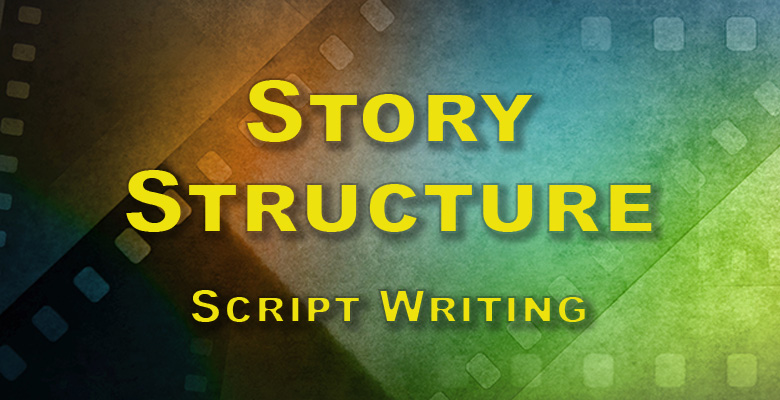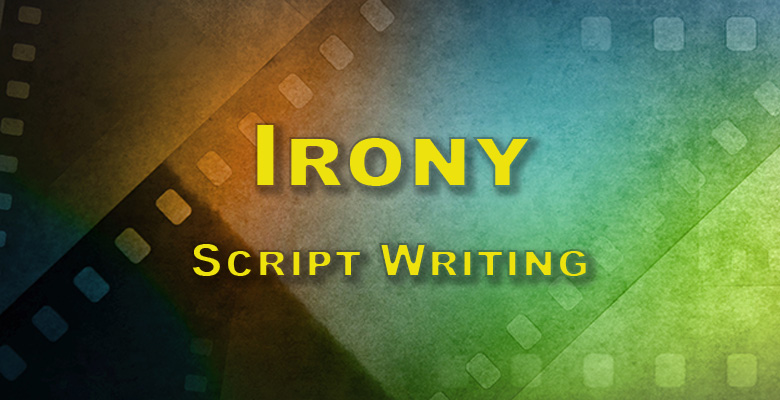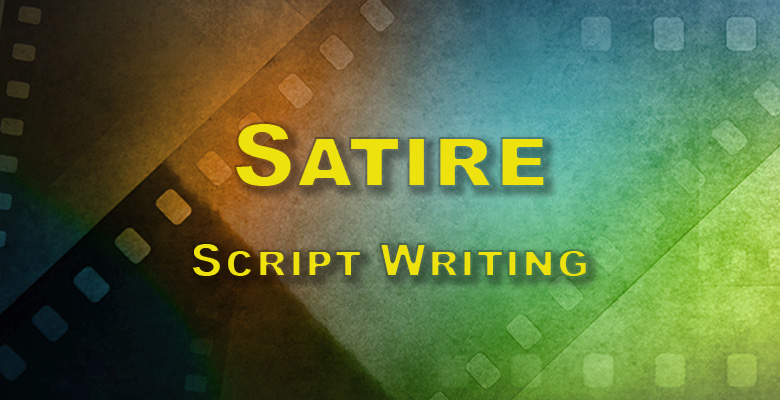The antagonist, like the protagonist, is a fundamental character in storytelling. While the protagonist drives the story forward, the antagonist often provides the obstacles or challenges that make the story engaging. Here’s a breakdown of the antagonist’s role and characteristics:
Definition:
The antagonist is the character, group, or concept that represents opposition against which the protagonist must contend. In other words, they are the main source of conflict in the story.
Characteristics:
- Opposition: The antagonist opposes the protagonist’s goals or desires, creating the primary source of conflict in the story.
- Complex Motivations: A well-developed antagonist often has clear motivations for their actions, which can sometimes make them relatable or even sympathetic.
- Power or Advantage: They often have some advantage over the protagonist, whether it’s physical strength, resources, knowledge, or other forms of power. This makes the protagonist’s journey more challenging.
- Flaws and Strengths: Like protagonists, antagonists have their strengths and weaknesses, which can be explored to add depth to the character.
Functions in a Story:
- Drive Conflict: The antagonist’s actions or mere presence creates challenges and obstacles for the protagonist.
- Highlight Protagonist’s Flaws: By challenging the protagonist, the antagonist can expose the protagonist’s weaknesses or internal conflicts.
- Embody Themes: Just as the protagonist can represent certain themes or values, so can the antagonist, often contrasting ones.
- Provide Tension: The antagonist’s actions or threats can create tension, suspense, or intrigue, keeping the audience engaged.
Variations:
- Villain: An antagonist who is clearly wicked or evil. Their malicious intentions are evident, and they are often in direct conflict with the protagonist.
- Anti-villain: A character who opposes the protagonist but has noble or relatable motivations for doing so.
- Force of Nature: The antagonist can be a non-human force, such as a storm, disease, or disaster.
- Society: In some stories, society or its norms and values act as the antagonist, opposing the protagonist’s desires or beliefs.
- Internal: The protagonist’s own fears, doubts, or flaws can act as the antagonist, creating internal conflict.
Relation to Other Characters:
- Protagonist: The antagonist’s primary relationship is with the protagonist, providing the main source of external conflict.
- Minions or Subordinates: Often, especially in larger tales or epics, the antagonist may have underlings or lesser villains who serve their purpose.
Considerations for Creating an Antagonist:
- Backstory: Understanding the antagonist’s history can provide clarity on their motivations and make them a more rounded character.
- Relatability: While not necessary, giving the antagonist relatable traits or motivations can add depth and complexity to the story.
- Evolution: Does the antagonist change or evolve over the course of the story? Some do, while others remain steadfast in their beliefs or desires.

